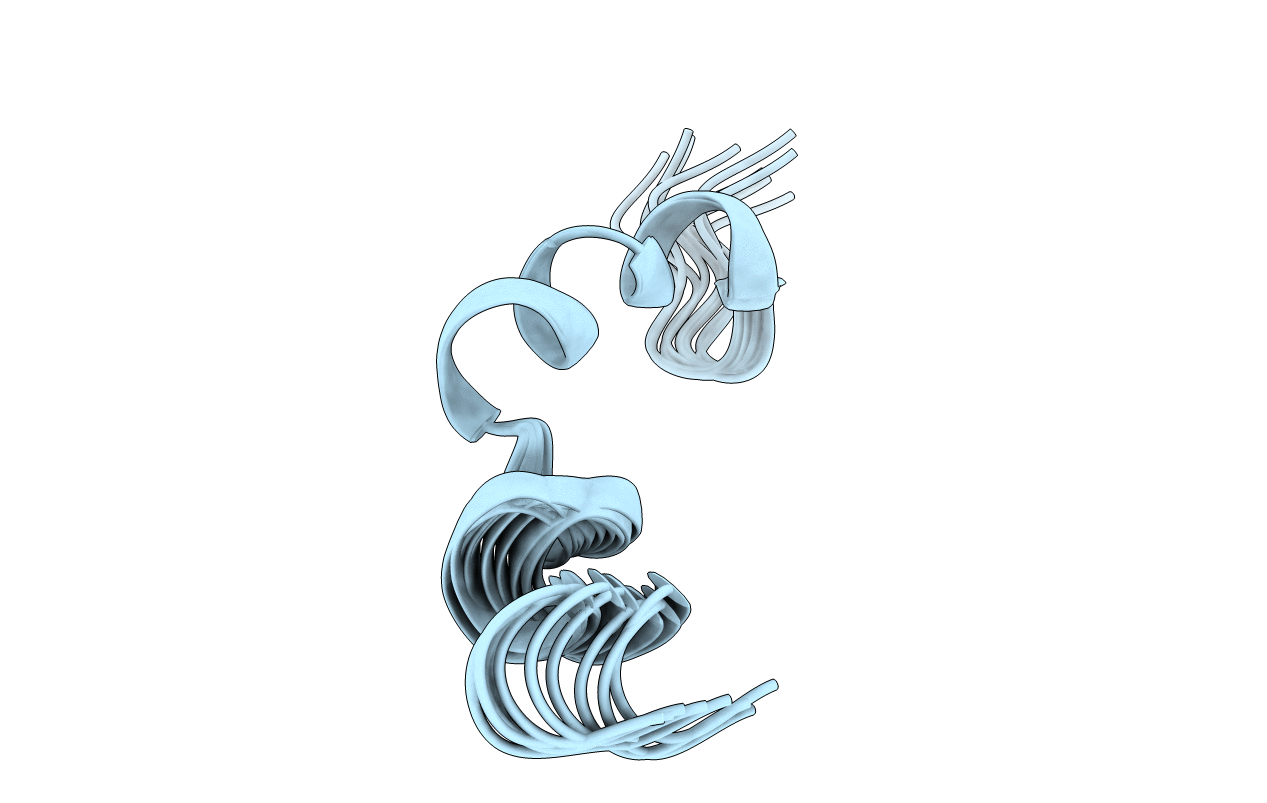
Deposition Date
2013-09-20
Release Date
2013-10-09
Last Version Date
2024-05-15
Entry Detail
PDB ID:
2ME4
Keywords:
Title:
HIV-1 gp41 clade C Membrane Proximal External Region peptide in DPC micelle
Biological Source:
Source Organism:
Human immunodeficiency virus 1 (Taxon ID: 11676)
Host Organism:
Method Details:
Experimental Method:
Conformers Calculated:
20
Conformers Submitted:
10
Selection Criteria:
target function


